The National Space Society (NSS) is pleased to announce the election of Geoffrey Notkin as NSS President. We interview Geoffrey below.
INTRODUCTION
Probably best known for starring in Meteorite Men for three seasons on the Science Channel, Geoffrey was born in the U.S. but grew up in England. By the age of seven he was already an avid rock hound, fossil collector, and amateur astronomer. Even while still a child, meteorites turned out to be a perfect focus for coalescing interests: they are objects from space, objects of astronomy, and objects of geology.
Geoffrey’s passion for meteorites has enabled him to do what so many of us have not: turn what he loves to do into a way of earning a living. He is currently CEO of Aerolite Meteorites, which has supplied meteorites not only to collectors but to many of the world’s leading museums.
Described as an “Action Scientist” (in this respect taking after one of his childhood heroes, Jacques Cousteau), Geoffrey would much rather be out in the field tracking down meteorites than back in a lab analyzing them. This has taken him to over fifty countries and some of our planet’s most remote and challenging environments, and has netted him a membership in the prestigious Explorers Club.
A Renaissance Man with a wide variety of interests and talents, Geoffrey is interested in the arts as well as the sciences. He performed as a professional musician for some twenty years, and is a TV and movie producer with credits including the 2018 documentary First to the Moon: The Journey of Apollo 8. He was also host of the Emmy-winning science education TV series STEM Journals. An author of several books, his latest is Empirical World: Faces and Friends of Science (due out soon) for which he traveled thousands of miles to photograph 120 scientists and science supporters to produce a photo book in homage to science and the people who make it happen. More of his books are featured below.
Asteroid 132904 was officially named “Notkin” in recognition of his contributions to science and education. This outer main-belt asteroid is 7.16 km across and has a period of 7.6 years. It was discovered at Mount Palomar in 2002.
In addition to being on the NSS Board of Governors, Geoffrey is on the Advisory Board of Deep Space Industries, and the Board of Directors of the Astrosociology Research Institute. For more information on Geoffrey’s background, see his NSS bio page.
Geoffrey is highly personable, an engaging public speaker, and is well connected with media. This is a trifecta for NSS, especially since being a primary spokesperson for NSS has always been considered a chief role of the President.
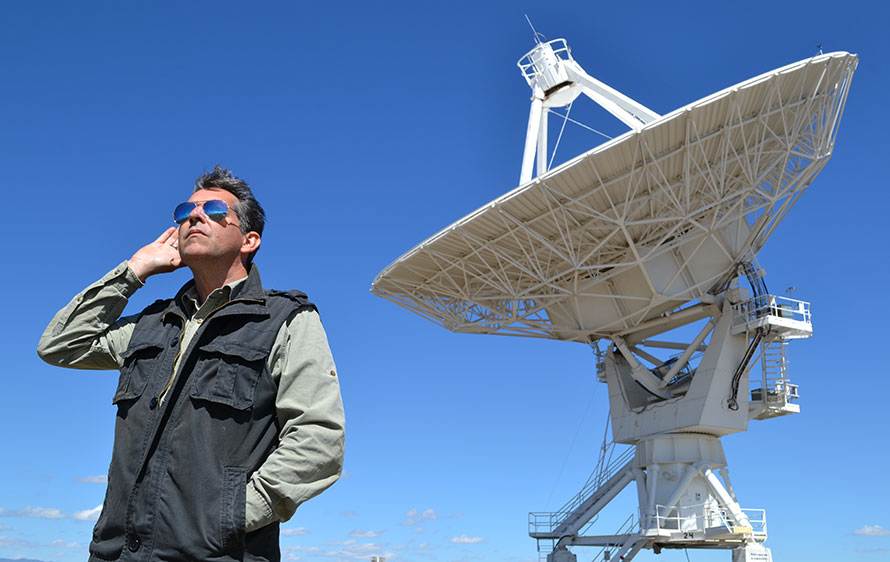
Geoffrey tries to listen in along with the radio telescopes at the Very Large Array in New Mexico. Photo by Jane MacArthur.
INTERVIEW
We interviewed Geoffrey about his new position as NSS President.
NSS: You are an extremely busy person, so how do you make time for NSS?
Given the opportunity to help—even in a modest way—to make humanity’s dream of reaching other worlds a reality, how could you not make time? I consider it my destiny to be here in this position. To help shine a light on our boldest and most brilliant endeavor—taking our fragile and temporary bodies out there, into the strangeness, to build new lives and homes, and eventually look back at where we came from. For me, it’s the greatest honor to be an officer in an organization that has been powerfully instrumental in keeping the dream of spaceflight alive.
I am the second-busiest person I know. My life is very full, and I like it that way. I believe we make time for the things that are most important, and NSS is in that category.
I have a full-time staff and a highly capable executive assistant, Melissa Silva who is, by the way, running the film program at ISDC 2019. I create a lot of to-do lists on paper, smart phones, clip boards, and computers. I have multiple white boards in the office. I try my best to delegate, but I am a person who likes to do things myself. I believe the secrets to living a productive life are to eat well, treat your body well, try to get reasonable amounts of sleep, avoid wasting time on useless endeavors, and to gift yourself with the time to do things you love. For me, those things include adventure travel, reading nonfiction books, watching cinema, photography, and meaningful conversation with close friends. My personal mantras are, “There’s no time like the present,” and “If something is worth doing, it’s worth overdoing.”
NSS: What is your vision for your role in NSS?
My personal goals for NSS as its incoming president are both varied and lofty.
I am a public speaker, author, performing artist, and television host. I do my best work onstage, so my most immediate vision for NSS is to broadcast our critically important message to the widest possible audience. I see the presidency as a vehicle with which to share the wisdom, policy, and opinions of our internationally-recognized experts on the Board of Directors, the Board Governors, and our specialized committees with the public. We have a dizzying array of expertise within the organization and it’s my job to transmit a précis of that expertise to the general public.
Our Chair of the Executive Committee, Mark Hopkins, impressed me deeply when he told me it’s not the space enthusiasts we have to convince—they’ve already seen the light—it’s the ordinary man on the street who has a hard time paying his bills that we have to win over. If we can show him why the ongoing exploration and development of space, and the establishment of long-term off-Earth habitation is not only beneficial for humanity, but vital, then we truly will have won a significant and lasting victory. I would also like to see even stronger relationships between us and NASA, SETI, and other key organizations that I admire and with which I’ve worked in the past.
I am a media professional and I fully appreciate the value of social media, new media, film and video, photography, and engaging science writing. I manage the NSS Twitter account and I am part of the NSS Social Networking Committee. I intend to work closely with that group to develop and share original and relevant content that is both informative and entertaining. I’ve starred in and produced a great deal of educational television and I know from my own experience and from the feedback I receive from fans and viewers, that people want to be entertained while they are learning.
If our message is to resonate with a significant audience, then we need the message to be appealing. The single best way to accomplish that is through video. There’s a reason that nearly two billion people are using YouTube. It is my strongest wish and desire that NSS produce and share ongoing, original, short-form video content to show, rather than tell, why space exploration and settlement are vital. I am very willing to use my professional resources to help make that happen. Millennials are not opening direct mail. They are watching YouTube and using Instagram and Snapchat. The visual image is king. If we are to be relevant and attract a new, smarter, younger membership, then we simply must provide content to them on the platforms they like and use. The technology of spaceflight has always been tremendously original and innovative. We must be equally original and innovative if we are to effectively communicate our message.
Another thing of great importance to me is SEDS—Students for the Exploration and Development of Space. I had the great good fortune to be the keynote speaker at SpaceVision 2018 in San Diego. At the end of my presentation, I said to the assembled students that I wanted to help build a better bridge between SEDS and NSS and if anyone liked the sound of that, to please come see me afterwards. Thirty or forty students rushed up to the stage, including the incoming SEDS President, Dan Hirst. These young men and women are the astronauts and engineers and commercial space professionals of the future. The very near future.
Every generation has a tendency to spout nonsense like: “Oh, students today, they don’t know anything.” In 2019, that is a tired cliché and also downright inaccurate. Students of college age have grown up with the unlimited research potential of the internet constantly available to them. They are capable, focused, resourceful, tech-savvy, and they learn more quickly than we did. Millennials are inheriting a damaged, second-hand world that our generation and our parents’ generation have polluted, exploited, and junked up, and they’re not happy about it. As SEDS members graduate from college and migrate from their student-based organization I want them to step right into NSS as adult space professionals. They are not just the future of the industry, but also the future of our organization. I have been given tacit approval to act as the SEDS/NSS liaison and I welcome members of both organizations to reach out to me and assist with building a meaningful bond between our groups. That can only benefit all of us.
NSS: What has been your major involvement with NSS thus far?
I am a regular attendee at the International Space Development Conference (ISDC) and have, numerous times, been invited to give a keynote address or to be Master of Ceremonies at ISDC dinners and events. I have appeared in a couple of NSS film projects, and introduced various dignitaries onstage, but one event that really stands out occurred in 2018:
I presented the Thursday morning student plenary at ISDC Los Angeles to about 300 middle school pupils and loved every moment of it! These young international students are so courageous to come here to the U.S. at a tender age, speak in a foreign language, present their posters and share their ideas. I so admire them! It was a wonderful privilege to speak to them and hopefully inspire them. I started my presentation with a lively and hilarious story about Charles Dickens—a forward-thinking maverick if there ever was one—and told them, from the outset: “This isn’t your typical science talk!” I told the conference organizers that I would do the student plenary any time they asked me! I want young ISDC students to laugh and learn and go home and show their families and teachers that we got them fired up about space, and NSS, and ISDC. To achieve that, you cannot talk down to them. You have to show them you are fun and that you have something relevant or useful to offer.
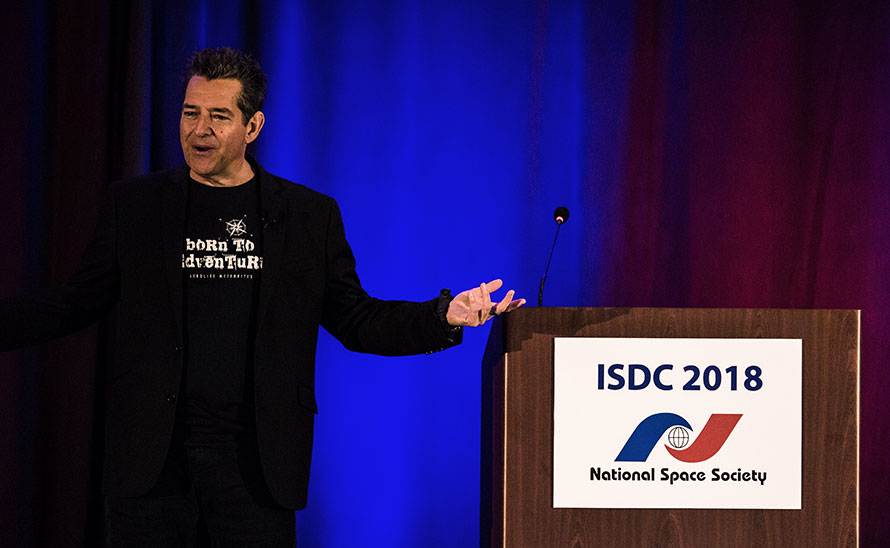
Geoffrey at ISDC 2018. Photo by Keith Zacharski.
I have been a member of the NSS Board of Governors since the spring of 2015 and I attend the Board of Governors annual meeting each year and have had the pleasure of working closely with our liaison, Lynne Zielinski, also well known as the NSS VP of Public Affairs. The Governors are an assemblage of brilliant and accomplished people who—in my opinion—act as a sort of think-tank for NSS. We’ve worked on fundraising, increasing the visibility of NSS, press releases, and many other projects. I am an active member of the Governors’ Council, which is sub-set of the Board of Governors comprised of those governors who wish to be more active within NSS. We have our own email discussion group, arrange quarterly conference calls, and hold an in-person annual meeting at ISDC. Our Emeritus Chair is the great television host and activist, Hugh Downs, whom I had the pleasure of interviewing recently. Our incoming Chair, Karlton Johnson, is a personal friend and I believe he will be a dynamic Board leader.
I am very pleased to learn that during my presidency I can retain my seat on the Board of Governors, as that appointment is very important to me.
My other great love within NSS is our magazine, Ad Astra. Under the leadership of Editor-in-Chief Rod Pyle, and Managing Editor Aggie Kobrin, the publication has become something the organization can be fiercely proud of. It is not just beautiful to look at, but it is rich in informative and exclusive content and Rod’s stated goal is for Ad Astra to become one of the most popular spaceflight publications in the world. I write a regular article series for the magazine—“Throwing Pebbles at the Sky”—in which I interview innovative and forward-thinking spaceflight professionals and academics. Recent subjects have included Dr. Tanya Harrison who is our newest addition to the NSS Board of Governors; Grant Anderson of Paragon Space Development Corporation; Lunar-Mars Greenhouse inventor Phil Sadler; Dr. Pascal Lee of the Houghton-Mars Project and SETI; Christopher Hearsey of the Astrosociology Research Institute, and others. I have big plans for the article series, ongoing!
NSS: How did you get interested in space?
Like many of our NSS members, I have been a life-long spaceflight enthusiast. Some might say fanatic. I was born in 1961—just a few weeks before Yuri Gagarin’s flight—so I was a boy during the Apollo era. I strong-armed my parents into getting me excused from school so I could stay home and watch the Moon missions. I suppose that was a blueprint for the rest of my life. In my work with NSS I hope, always, to carry within me the wide-eyed wonder of a boy who believed that seeing Aldrin, Armstrong, Schmitt, Duke, Scott and the rest of our moonwalkers collect rocks from the lunar surface was more important and more thrilling than sitting in a classroom parroting from a textbook.
When I was a kid, I desperately wanted to be an astronaut. I know many other kids felt the same way. I, however, took it further than most. I piloted my first airplane at age twelve and joined the Royal Air Force cadet corps at age fourteen. Because, in the early 1970s, everyone knew that the best route to the astronaut corps was through the air force. To my considerable dismay, I quickly discovered that I am not very good at following orders, wearing uniforms, or doing mathematics. That’s what calculators are for. But I never lost my love of spaceflight. In fact, if anything, it became more intense. The first astronaut I met was Colonel Paul Weitz when he visited London in the 1980s, with the shuttle Enterprise. As time went on, I met many other astronauts and some became personal friends. These scientist-pilot-explorer-engineer hybrids are the most remarkable people I have ever encountered. And, by and large, they are uncommonly modest. I didn’t get to be an astronaut myself (though—you never know!), but I get to hang out with astronauts, which is almost as exciting as being one (and I didn’t have to risk my life).
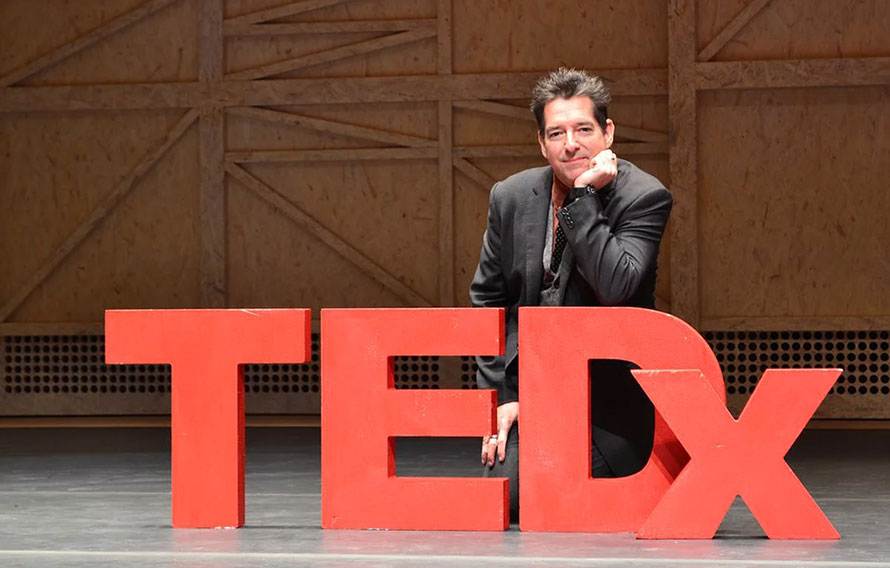
Geoffrey’s 18-minute TEDx talk on Meteorites: Life, Death, and Hope on Earth is available on YouTube. Photo © Desert Owl Productions.
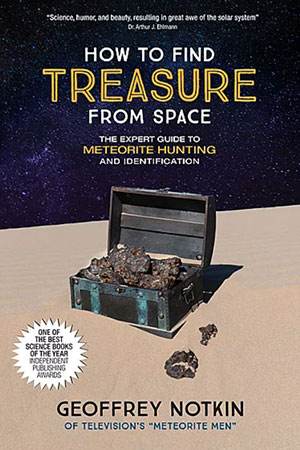
A new Third Edition of Geoffrey’s book How to Find Treasure From Space: The Expert Guide to Meteorite Hunting and Identification just came out this February. This is an almost completely re-written update of the original editions so has a slightly different title.
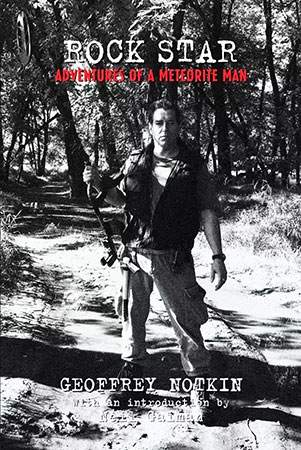
Rock Star: Adventures of a Meteorite Man is more autobiographical and includes adventures as the other kind of rock star.
You can connect with Geoffrey Notkin @geoffnotkin on Twitter, Instagram, Facebook, and YouTube or visit his website at www.geoffnotkin.com.
This post was prepared by David Brandt-Erichsen. Top photo by Christian B. Meza.

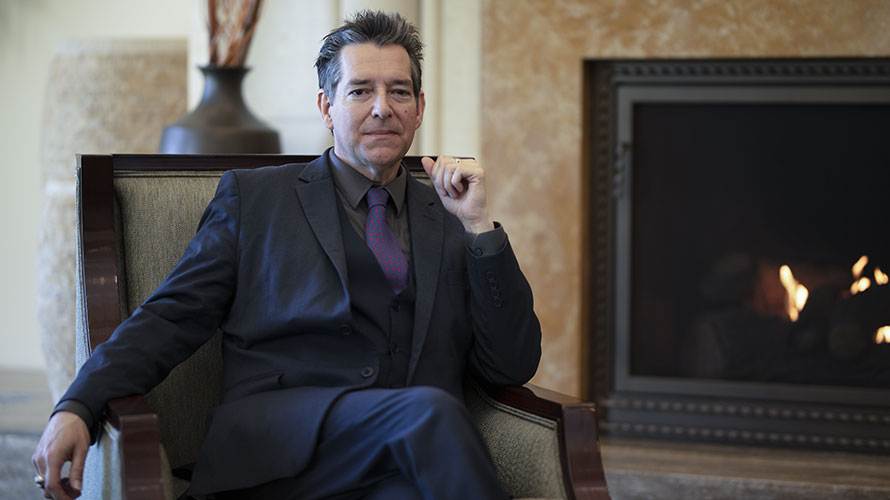
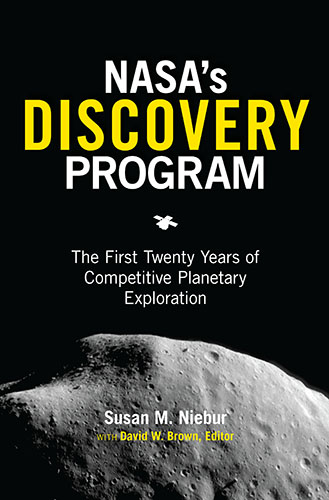

















1 thought on “Geoffrey Notkin Elected President of the National Space Society”
Really very happy on this occasion. Met Mr. Geoffrey in 2015 ISDC Conference Toronto Canada. Had very nice experience with his talk in that conference.